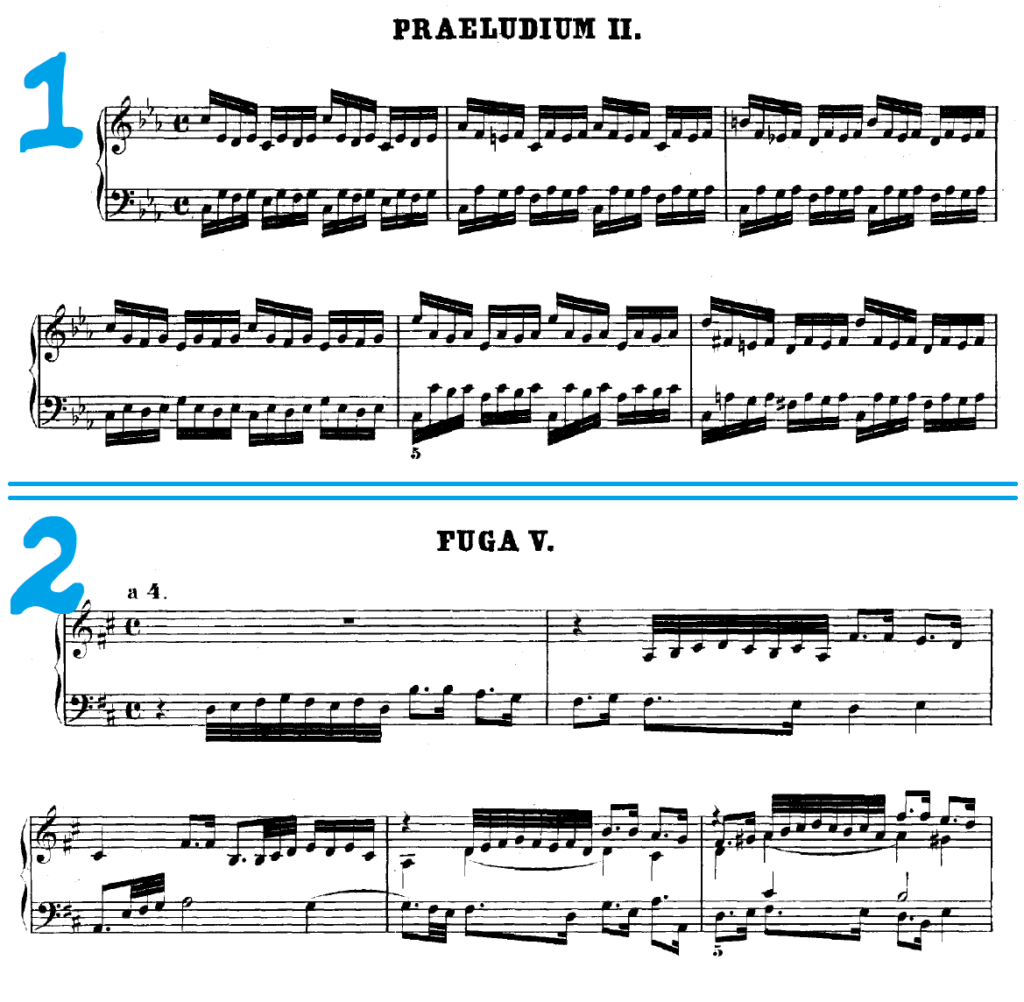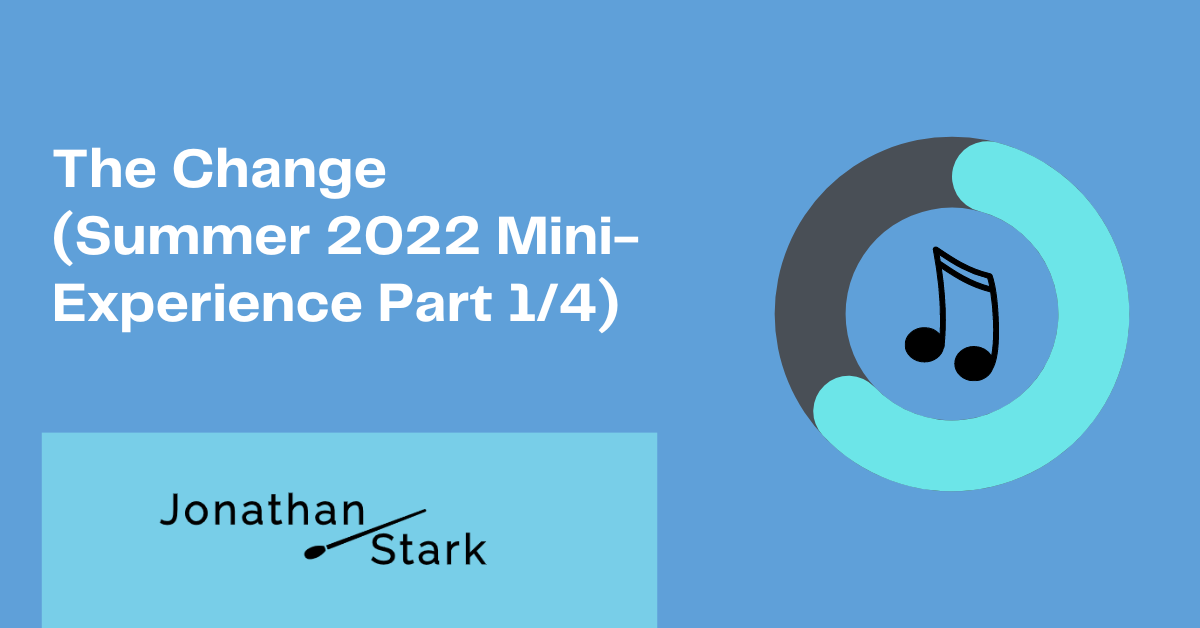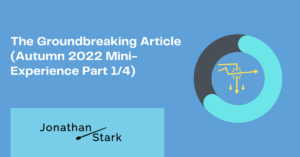It was around the year 1800 that a centuries-old tradition began to falter. Until that time, it was common for musicians to just look at a piece to see at what tempo it needed to be played.
This ability – this “guild secret” – can be well understood by Johann Sebastian Bach’s Well-Tempered Clavier (date of composition: beginning of the 18th century). Here you can see two pieces from this work:

For Bach and his contemporaries it was clear that the first piece had to be played in a faster tempo than the second piece. There was no need to prescribe the tempo in addition (a tempo indication).
Why?
Time signature, note values, harmonic rhythm and character of the piece were tempo determining. In this case, the note values are the crucial clue: in the first piece, sixteenth notes (𝅘𝅥𝅯) are the smallest rhythmic unit, in the second piece, thirty-second notes (𝅘𝅥𝅰).
In the second piece, therefore, twice as many notes must be accommodated on one beat as in the first piece. The second piece must therefore be played in a slower pulse (= a slower tempo).
Exactly how fast or slow is left open. There is room for interpretation here.
Only later were somewhat more precise tempo indications made, using rather general words like “Andante” (walking) and “Presto” (fast). This exists, for example, in Mozart’s Piano Sonata in A minor, K. 310 (date of composition: 1778):

Around 1800, this tradition of tempo indications changed. One wanted to be more precise. It should be possible to indicate the tempo precisely in order to exclude misunderstandings. The old method was no longer precise enough.
A new method had to be created. A method that would give a very precise tempo and could be understood everywhere.
Scholars all over Europe went to work. How could the tempo in music be measured precisely? How could it be indicated in the score in such a way that every musician understood it the same way?
These questions were the starting point for a story that would end in a bitter legal battle. It is a story about great inventions and (in the end) great unfairness. That is because two people claimed to have invented the new method.








What about Beethoven as a true inventor in his time?
Beethoven played a major role in this development, which will addressed in the upcoming parts of this series 😉
Alles technisiert ausgedrückt. Die Empathie bleibt aussen vor. Meine Meinung und Erfahrung beruht auf der praktischen Seite. Jede Zeit, in der es keine Taktangaben gab, musse auch das eigene Gefühl für die Schwungkraft der Musik eingesetzt werden. Jeder empfindet anders und so soll es bleiben. Musik ist eine reine Resonanzsache. Möge der Praktiker das immer im Blickfeld haben. Musik durch Takt – und Tempoangaben zu ” digitalisieren”,hat den Sinn von Musik nicht verstanden.
Tempo gaben und Taktangaben sind keine Digitalisierung sondern helfen dem Komponisten deutlich zu machen wie er seine Komposition versteht